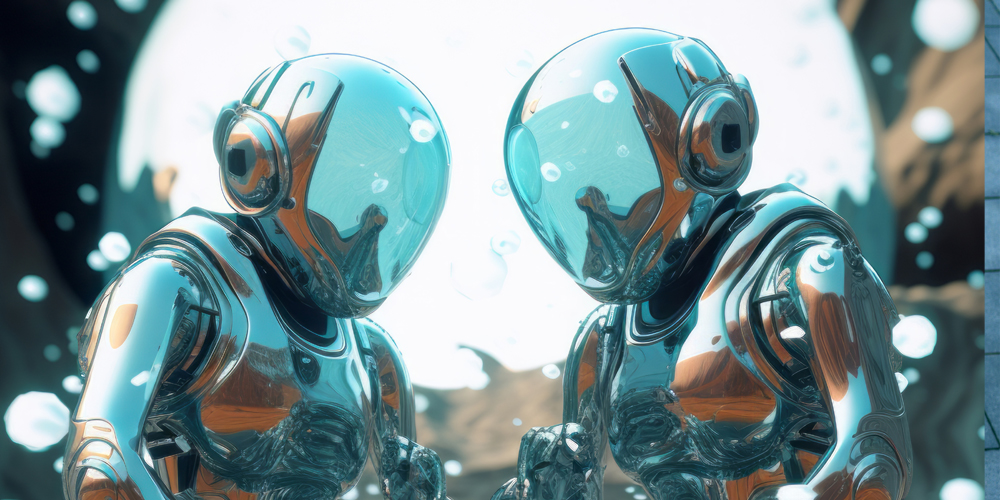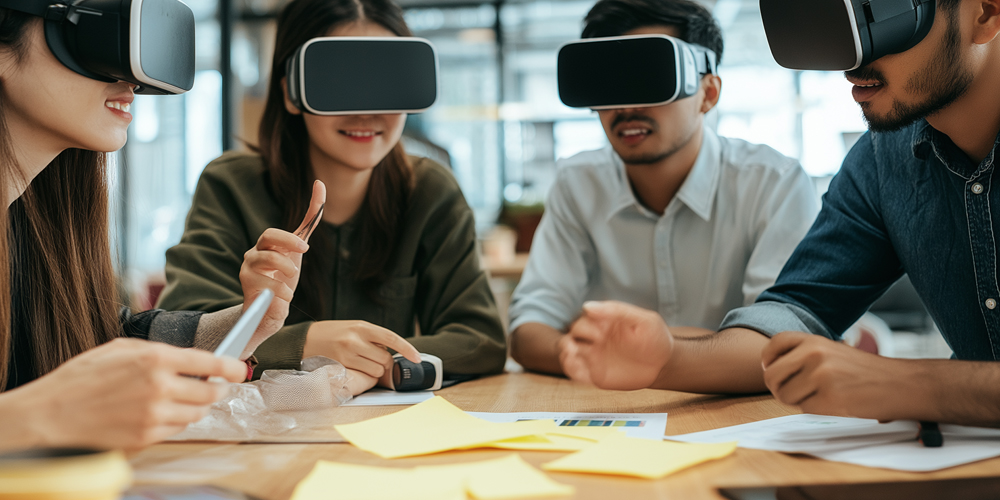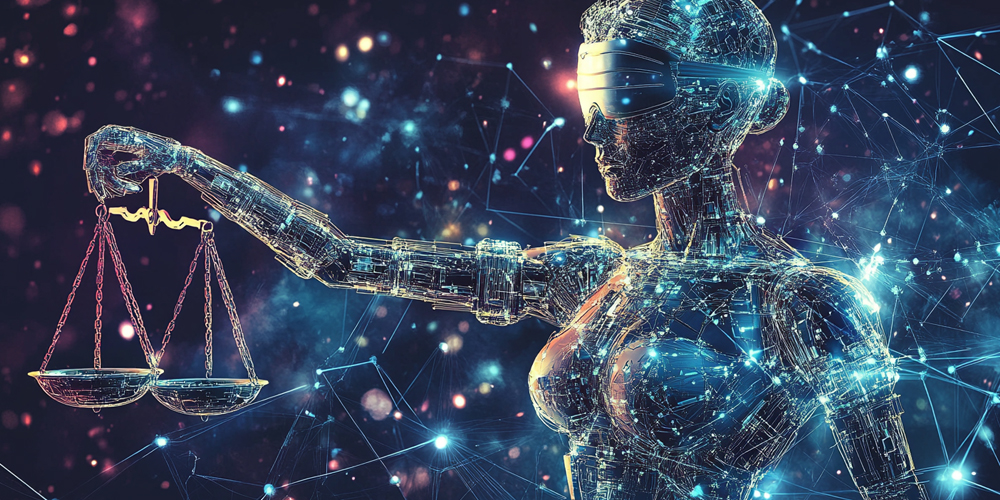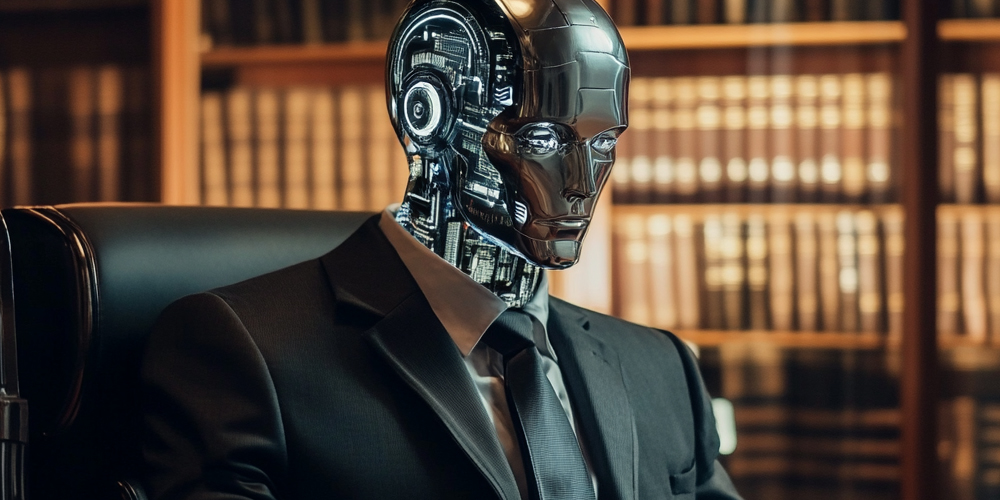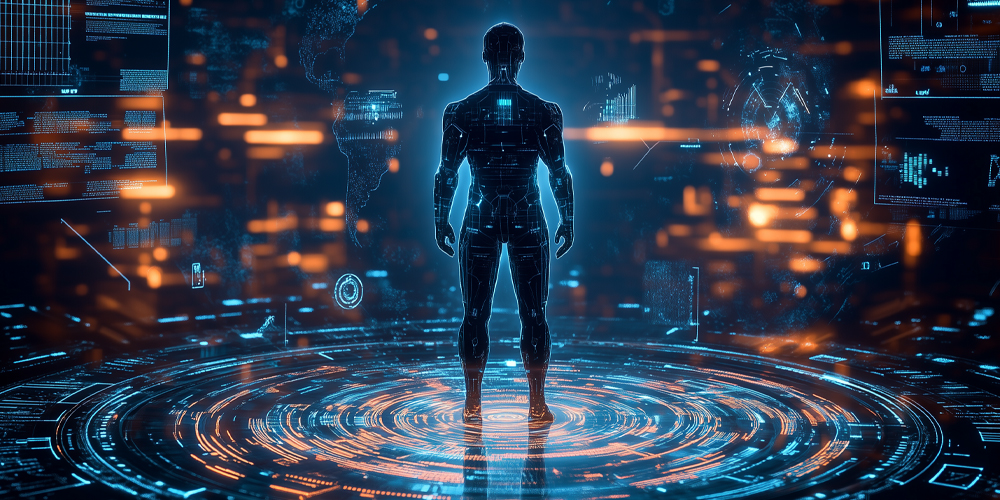Understanding Computer Vision
Computer vision is a significant branch of artificial intelligence (AI) that enables machines to interpret and understand visual information. This technology allows computers to analyze images and videos, making sense of the world much like humans do. As a result, computer vision plays a pivotal role in various industries, enhancing efficiency and enabling innovative solutions. With applications ranging from healthcare to automotive technology, its impact is transformative and far-reaching.
What is Computer Vision?
At its core, computer vision involves the extraction of meaningful information from images and videos. This process encompasses various tasks, such as image recognition, object detection, and segmentation. By mimicking human vision, machines can process visual data to perform tasks that were once thought to be exclusive to humans. For instance, recognizing faces in a photo or identifying objects in a video stream are tasks that computer vision systems can accomplish with increasing accuracy.
The Importance of Computer Vision
The importance of computer vision lies in its ability to automate and improve processes across many sectors. With the ability to analyze visual data at scale, organizations can make faster, data-driven decisions. This capability not only increases efficiency but also opens doors for new business models and services. For example, retailers can use computer vision to track customer behavior in stores, while manufacturers can monitor production lines for quality assurance.
The Evolution of Computer Vision Technology
The journey of computer vision began in the 1960s with simple experiments aimed at interpreting basic shapes and patterns. Early systems were rudimentary and limited in functionality, primarily focusing on edge detection and pattern recognition. However, as technology advanced, so did the algorithms used in computer vision.
Over the decades, advancements in machine learning and deep learning revolutionized the field. The introduction of neural networks, particularly convolutional neural networks (CNNs), marked a significant breakthrough. These networks are designed to process data in a hierarchical manner, allowing them to learn increasingly complex features of images. With CNNs, machines can recognize intricate patterns, leading to improved performance in tasks such as image classification and object detection.
The Rise of Deep Learning
Deep learning has propelled computer vision to new heights. Unlike traditional algorithms, which often required manual feature extraction, deep learning automates this process. It enables machines to learn directly from raw data, reducing the need for extensive preprocessing. This capability has been particularly beneficial in scenarios with large datasets, such as social media images or video feeds from surveillance cameras.

Key Techniques in Computer Vision
Several key techniques form the backbone of computer vision technology:
- Image Classification: This involves assigning a label to an entire image based on its content. It is widely used in applications like photo tagging and content moderation.
- Object Detection: Unlike image classification, object detection identifies and localizes multiple objects within an image, providing bounding boxes around them. This technique is crucial for applications like autonomous vehicles and security systems.
- Semantic Segmentation: This process involves partitioning an image into segments and classifying each segment. It provides a detailed understanding of an image’s content, enabling applications in medical imaging and scene understanding.
Applications of Computer Vision
The applications of computer vision are extensive and growing rapidly. In the healthcare sector, for instance, computer vision aids in diagnosing diseases by analyzing medical images such as X-rays and MRIs. It can detect anomalies that may be missed by the human eye, leading to timely interventions.
In the automotive industry, computer vision is essential for the development of self-driving cars. These vehicles rely on cameras and sensors to perceive their environment, identifying obstacles, traffic signals, and pedestrians to navigate safely.
Retailers are also leveraging computer vision to enhance customer experiences. Smart cameras can analyze shopper behavior, helping stores optimize layouts and improve product placement. Furthermore, automated checkout systems utilize computer vision to recognize items and streamline the purchasing process.
The Future of Computer Vision
Looking ahead, the future of computer vision is promising. As advancements in AI and computing power continue, we can expect even more sophisticated applications. Integration with technologies such as augmented reality (AR) and virtual reality (VR) will further expand the possibilities of how we interact with visual data.
In conclusion, computer vision is a transformative field within AI that enables machines to interpret and understand visual information. Its evolution, driven by deep learning and advanced algorithms, has paved the way for numerous applications across industries. As technology continues to advance, the impact of computer vision will only grow, reshaping how we interact with the world around us.
Deep Learning and Its Impact
Deep learning has transformed computer vision by improving the accuracy of image analysis. CNNs analyze images through multiple layers, detecting patterns and features that are essential for accurate recognition. This technology has led to remarkable progress in areas such as facial recognition, self-driving cars, and medical imaging.
Applications of Computer Vision in Various Industries
Computer vision is making a profound impact across numerous sectors. Below are some key applications:
1. Healthcare
In healthcare, computer vision assists in diagnosing diseases by analyzing medical images. For example, algorithms can detect anomalies in X-rays or MRIs, aiding doctors in making timely decisions. This technology also enhances the accuracy of radiology, leading to better patient outcomes.
2. Automotive Industry
Self-driving cars heavily rely on computer vision to navigate roads safely. Sensors and cameras capture real-time data, allowing vehicles to identify obstacles, traffic signals, and pedestrians. This information is crucial for making instant decisions while driving, significantly enhancing road safety.
3. Retail
In the retail sector, computer vision improves customer experience and operational efficiency. Smart cameras can analyze shopper behavior, allowing stores to optimize product placement. Additionally, automated checkout systems use computer vision to recognize items, reducing wait times and enhancing customer satisfaction.
4. Agriculture
Farmers are utilizing computer vision to monitor crop health and optimize yields. Drones equipped with cameras can capture aerial images, enabling precision agriculture. This technology helps identify areas needing attention, ensuring better resource allocation and sustainability.
The Future of Computer Vision
The future of computer vision looks promising, with continuous advancements on the horizon. Innovations in hardware, such as improved camera technology and processing power, will further enhance the capabilities of computer vision systems.
1. Enhanced Object Recognition
Future systems will likely achieve even greater accuracy in object recognition. This improvement will result from ongoing research in deep learning algorithms and larger datasets. As machines learn from more diverse examples, their ability to understand complex scenes will expand.
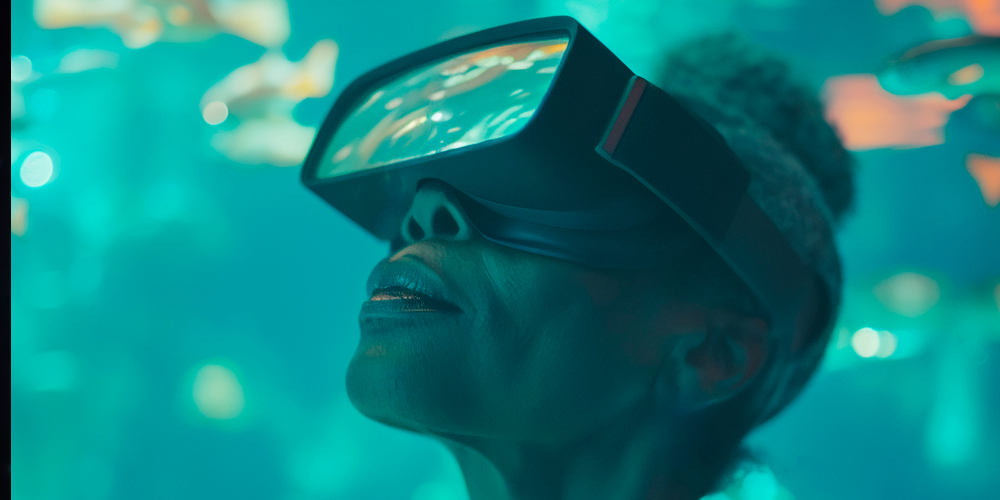
2. Real-Time Processing
Real-time processing is another area of growth for computer vision. As technology advances, systems will be able to analyze visual data instantly. This capability will be particularly valuable in applications such as autonomous driving and security surveillance, where split-second decisions are critical.
Challenges in Computer Vision
Despite its many advantages, computer vision faces several challenges. One significant hurdle is the issue of bias in algorithms. If training data lacks diversity, the systems may struggle to recognize certain demographics accurately. Addressing these biases is crucial to ensure fairness and reliability.
Data Privacy Concerns
Data privacy is another concern related to computer vision. As systems collect vast amounts of visual data, ensuring that this information is handled responsibly is essential. Organizations must prioritize privacy and implement safeguards to protect user data.
Conclusion
In conclusion, computer vision is a transformative technology that enables machines to see and understand the world. Its applications span various industries, enhancing efficiency and improving outcomes. As AI continues to evolve, the role of computer vision will only become more significant. Embracing this technology will pave the way for innovative solutions that redefine how we interact with our environment.
